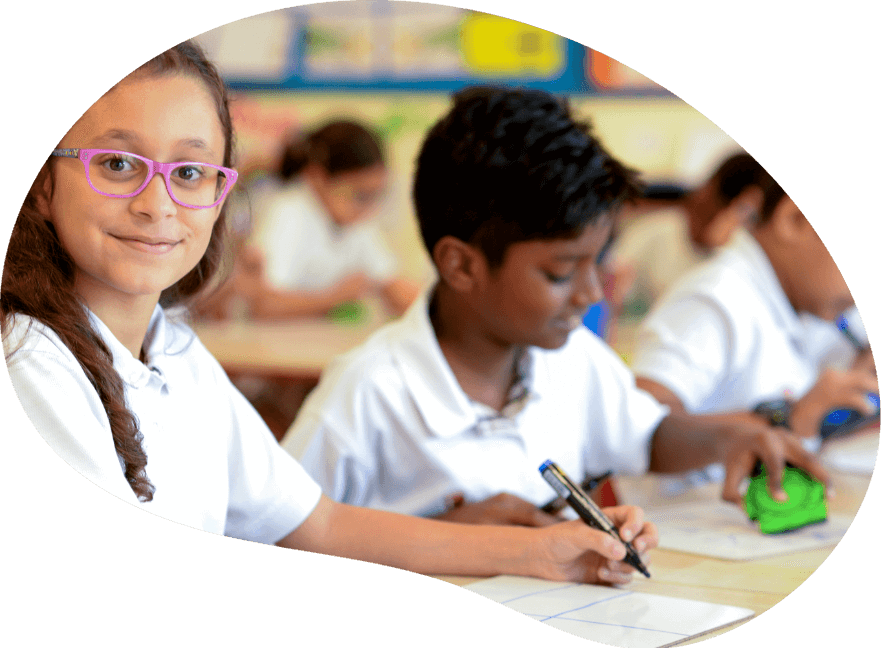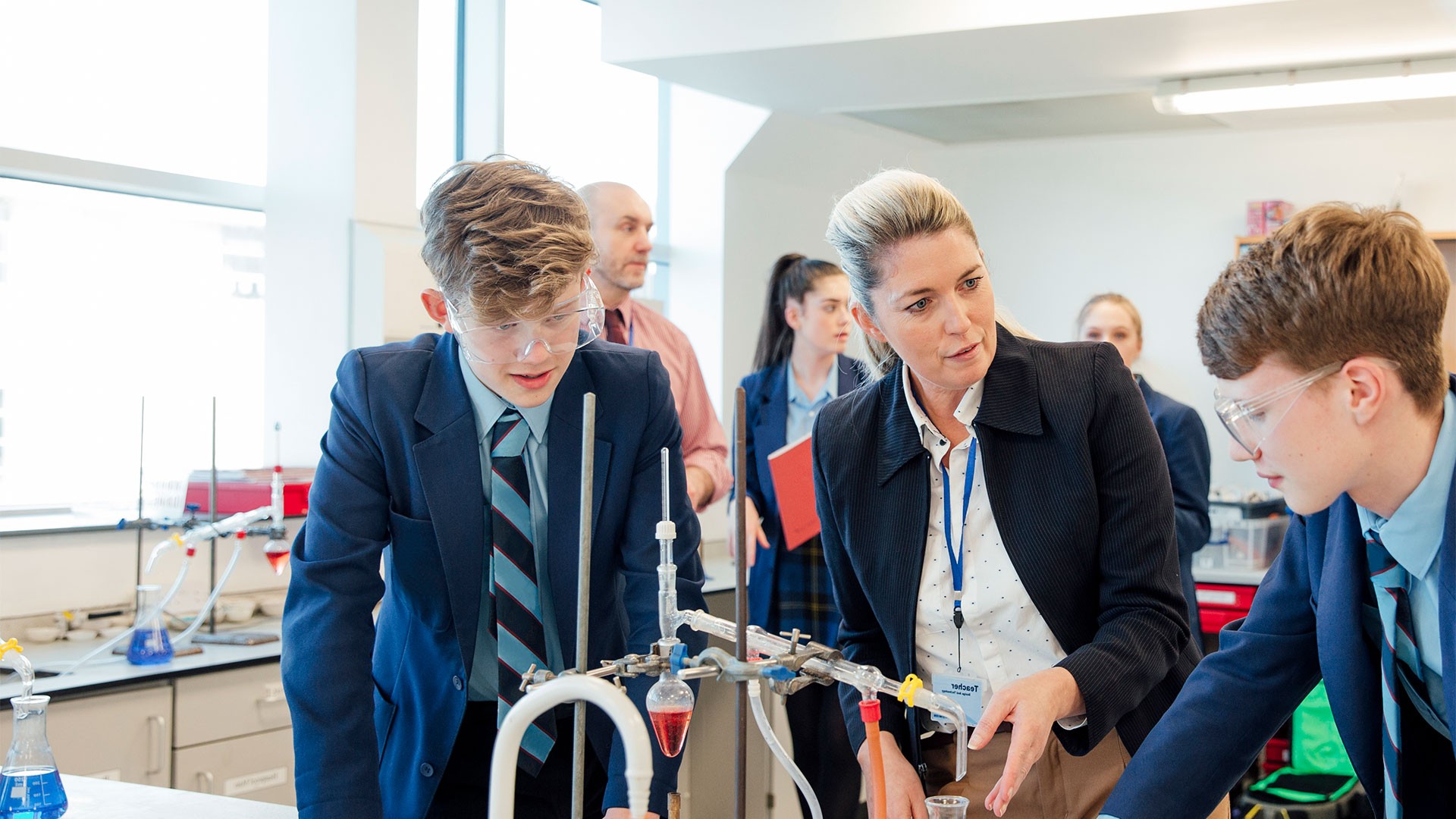Executive Summary
Does the background of a student have an impact on what they can achieve academically, and what data do we have to prove either way? Discover how you can support students to get the results that are reflective of their true potential.
Predictive data was a whole new world during the 80s/90s– the Technology Colleges Trust, CATs testing, Chances Graphs and Flight Paths. It all seemed like a bright horizon where teachers knew the potential of each child and could be held to account when they didn’t reach it. We accepted that some children had more potential than others and, thankfully, we could put a number on that and gear our expectations accordingly.
We know better now though. We work in the ‘pure light’ of neuroscience, which shows us that the brain is entirely plastic and changes in response to experience and stimulation. School philosophy is now informed by growth mindset, high expectations and teachers assume potential to be limitless. With this in mind, what place do predictive tools such as MidYis, Yellis or Alis have, and why are we still addicted to data-based target setting?
In 1905 Alfred Binet created the IQ test to help identify children who needed additional academic support. By 1909, the test was being used to identify those deemed “feeble-minded1”– Binet was horrified by philosophers giving “their moral approval to the deplorable verdict that an individual’s intelligence is a fixed quantity, one which cannot be augmented. We must protest against this brutal pessimism. It has no foundation whatsoever.2”
If we knew in 1909 that intelligence can ‘be augmented’ it is surely incomprehensible that, over a hundred years later, we are still setting our expectations and planning our teaching as if it were ‘fixed’.
Any test that a child sits provides useful information about what they can and cannot not do – on the particular day they took that test. High performing schools use that information productively and students are taught how to learn, how to grow their potential and improve their academic performance. In such schools measurable IQ can change between the ages of 12 and 16 by as much as 23 points, the difference between being ‘average’ and being ‘gifted’.
Predictive tests draw upon a huge data-set gathered over many years and accurately predict the statistical likelihood of outcomes based upon that data. These tests are objective and accurate across a notional population of hundreds of thousands of students. However, what they don’t do is tell us anything about the potential of a cohort in a school, let alone that of an individual student. During a student’s years at school, the brain is at its most ‘plastic’ and the opportunity that teachers have to grow potential, to grow performance – to grow minds – is enormous.
How can a test taken at the age of 11 possibly tell us what a student will be able to do when they are 16?
How can a test taken at the age of 11 possibly tell us what a student will be able to do when they are 16, particularly when predictive tests, such as Yellis3, provide a ‘most likely’ outcome with a three-grade variation in each direction – a range between a GCSE level 3-7 for a student who is ‘most likely’ to achieve a grade 5 (a predicted range from A to E in ‘old money’).
These commercially available tests claim to help schools to ‘unlock the full potential of students’ as if that is a finite entity which the school will be able to find and release, presumably by the age of 16.4 We simply cannot know the potential of any individual and therefore have to assume that their potential is limitless5. Such tests give us useful information to begin growing that potential, but they don’t tell us what ‘flight-path’ a student is destined to follow, and they certainly don’t tell us where that student will end up.
In the UK, only 52% of disadvantaged students who were in the top 10% at KS2 achieved top grades at GCSE6. Presumably factors unrelated to their CATs score at the age of 11 determined their academic success – factors not improved by the opportunities they had to grow their brains at school.
We know expectations have a huge impact on how well people do, at all ages.
If we base targets on low prior attainment, then we are dooming children who are already at a disadvantage, to low outcomes. We know expectations have a huge impact on how well people do, at all ages. When challenged about woefully low targets for students (based on predictive data) a school once explained that this was ‘OK because only the teachers knew the targets, not the students. The double-damage of this is plain to see – the student has no idea of what their fate is likely to be, and it is already seemingly sealed by the low expectations of the teacher.
So, where does that leave us with target setting? Firstly, prediction isn’t target setting. Data tells us a statistically likely outcome; it doesn’t provide any of the information we need to establish a realistic target for an individual student. Secondly, we need to set ourselves the challenging target of growing the intelligence and performance of our students. Thirdly, we must empower our students to grow their own brains by teaching them how to think and behave rather than assuming it’s simply a case of genetics – something neither they, nor their teacher, can do anything about.
1 https://eugenicsarchive.ca/discover/tree/535eebe87095aa0000000227
2 Alfred Binet (1909) quoted Bill Lucas and Guy Claxon “New Kinds of Smart.”
5 https://www.tes.com/magazine/archive/tes-talks-deborah-eyre
6 https://www.suttontrust.com/wp-content/uploads/2019/12/PotentialForSuccess.pdf
If you believe that every child can achieve academic success and live a life full of opportunity, talk to us


High Performance Learning can be in used in any country, for any age offering any curriculum. It is a research-based, pedagogy-led philosophy that responds to our growing understanding of human capability.
Our approach to teaching and learning provides ambitious leaders around the world with the ideas and resources they need to create world class schools. And our underpinning philosophy of empowerment improves student self-esteem, enhances wellbeing and allows students to believe that everyone is capable of academic success and opportunity.


